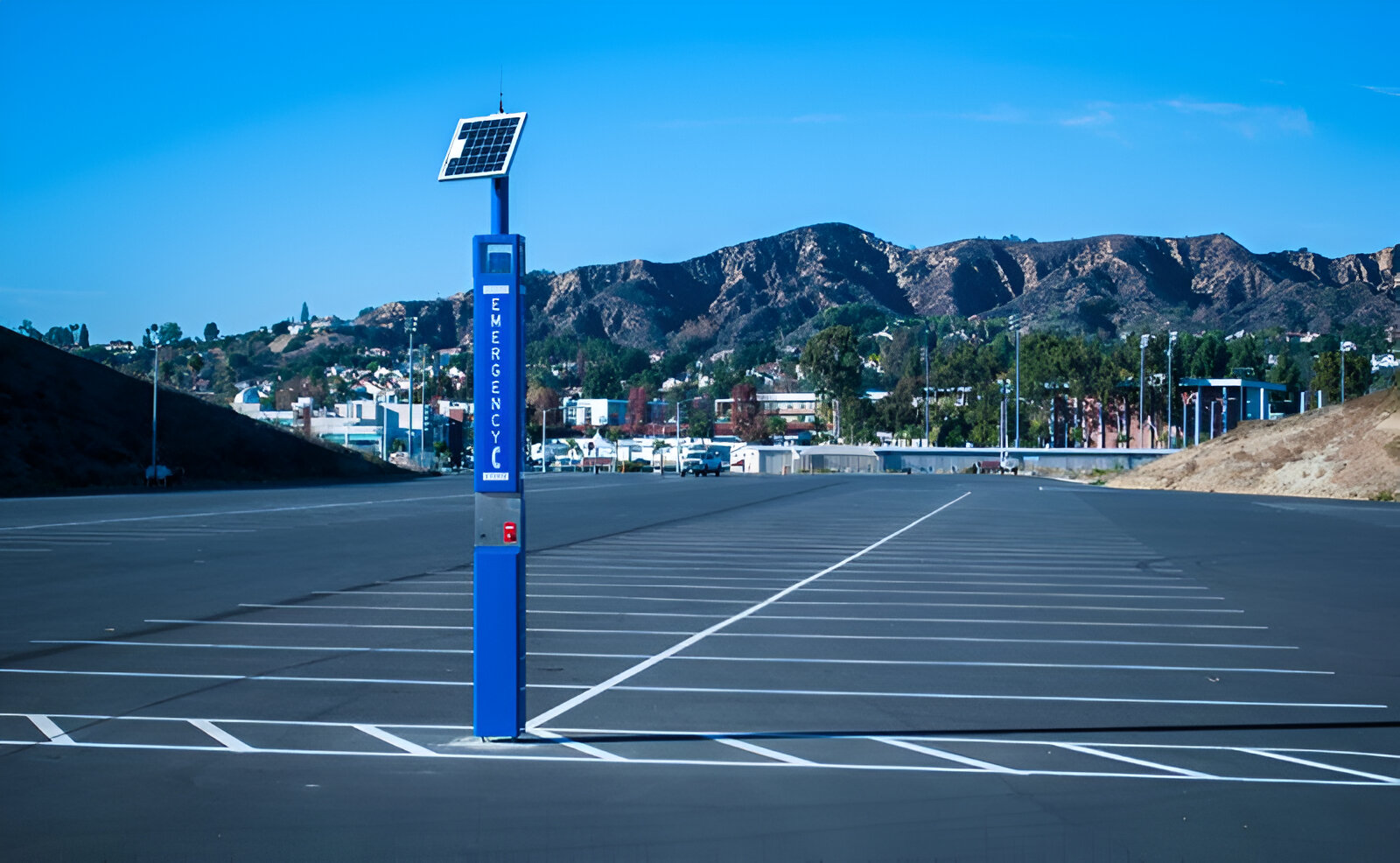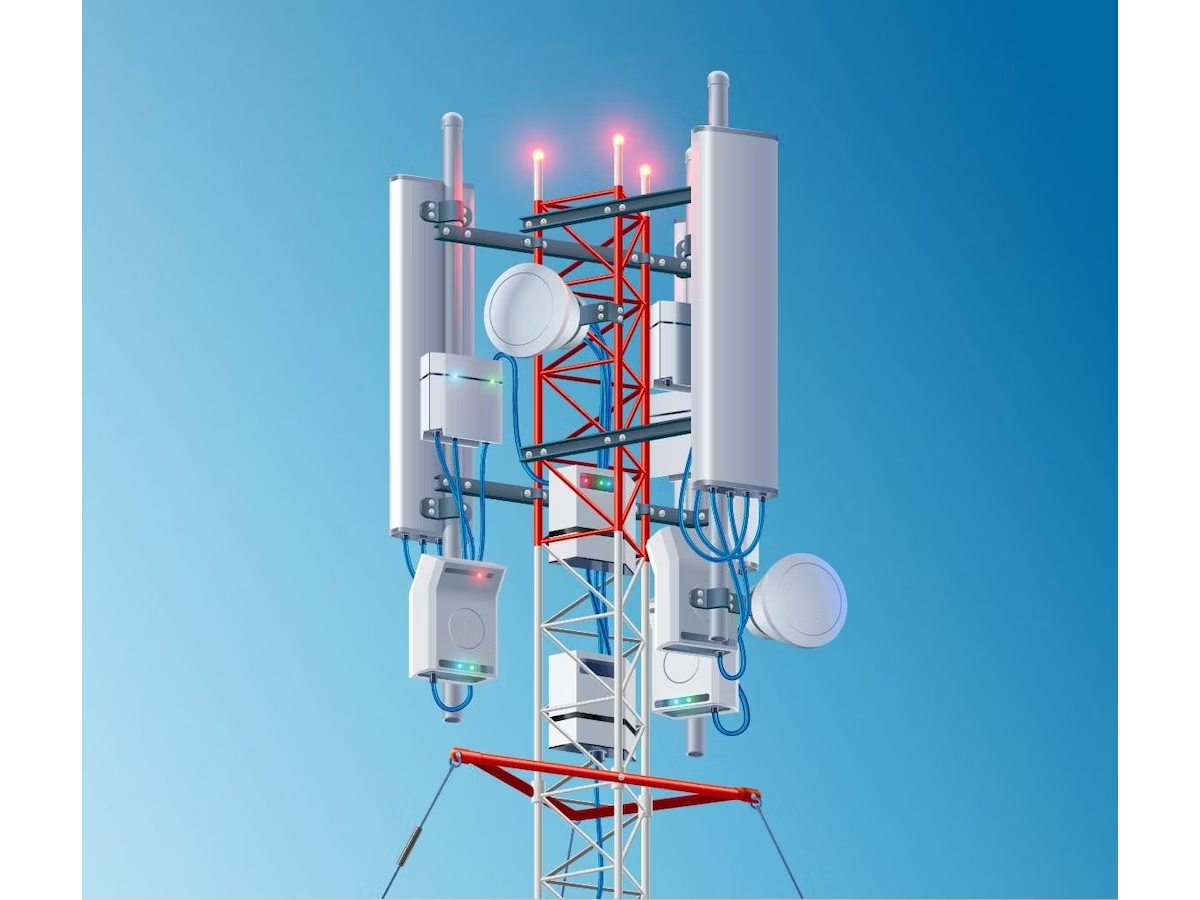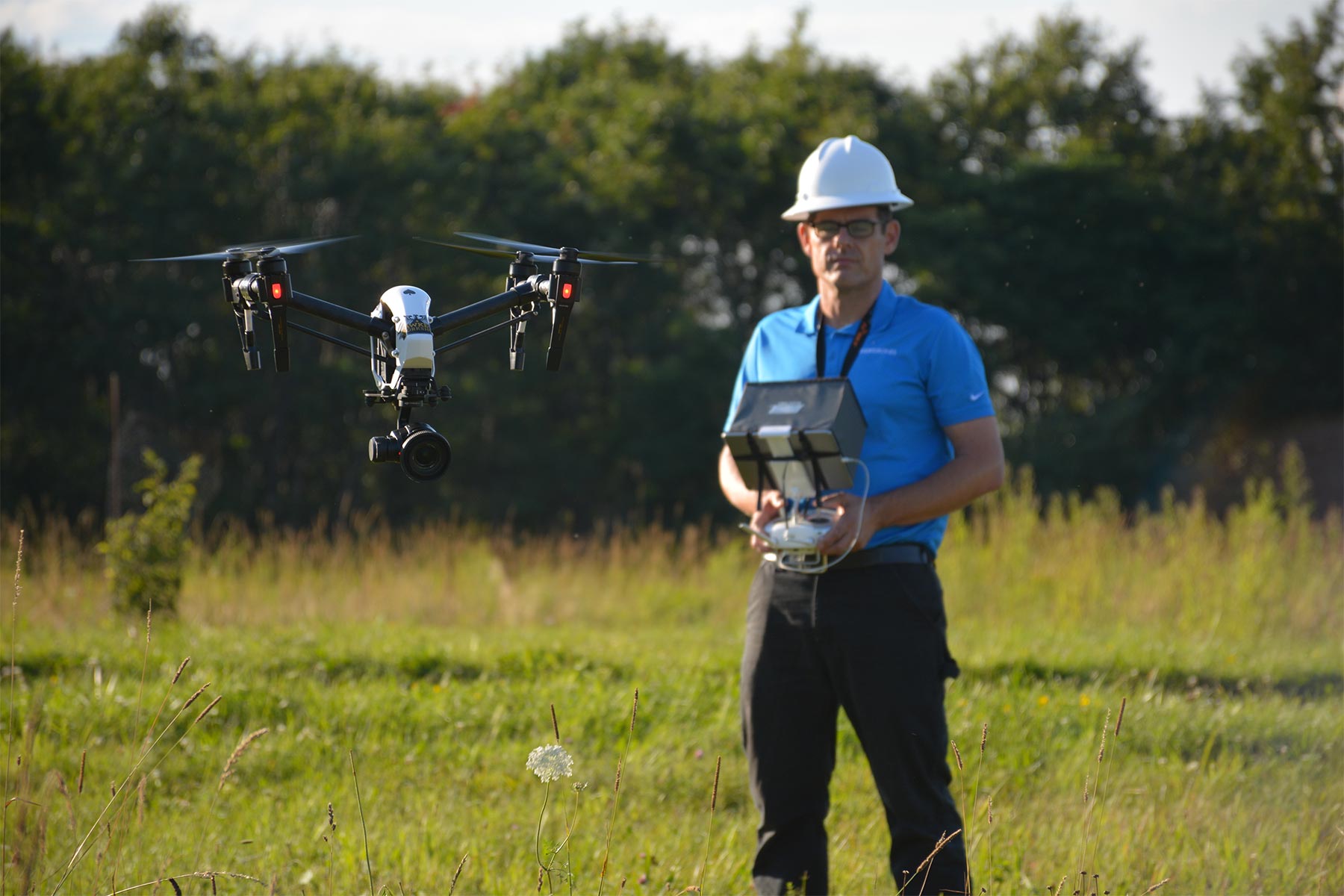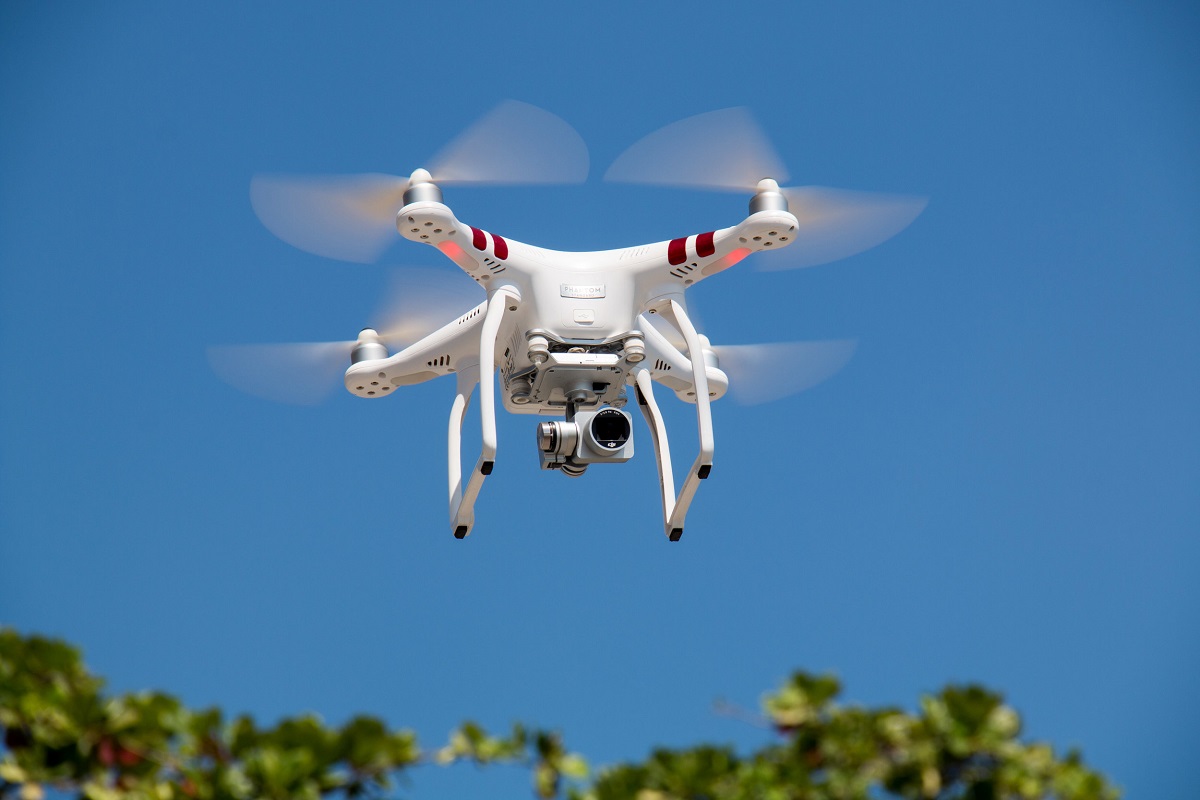Introduction
Blue light emergency towers have become a ubiquitous feature on college campuses, urban areas, and public spaces. These towering structures, often adorned with a distinct blue light, serve as beacons of safety and security, offering reassurance to individuals navigating these environments. The presence of these towers signifies a commitment to public safety and rapid response in the event of an emergency.
As technology continues to evolve, so does the role of these emergency towers in enhancing public safety. Understanding the purpose and functionality of blue light emergency towers is crucial in appreciating their significance in today's society. From their inception to the present day, these towers have undergone significant advancements, making them an integral part of modern public safety infrastructure.
In this article, we will delve into the intricacies of blue light emergency towers, shedding light on their purpose, operation, benefits, as well as the concerns and controversies surrounding their implementation. By exploring these aspects, we aim to provide a comprehensive understanding of the role these towers play in safeguarding public spaces and ensuring the well-being of individuals within these environments.
What are Blue Light Emergency Towers?
Blue light emergency towers, also known as emergency call boxes or blue light phones, are tall, conspicuous structures strategically placed in public areas to provide immediate access to emergency assistance. These towers are typically equipped with a bright blue light on top, serving as a visual beacon to indicate their presence and purpose. These beacons are designed to offer a sense of security and reassurance to individuals within their vicinity.
The primary function of blue light emergency towers is to facilitate quick and direct communication with emergency services, such as law enforcement, medical response teams, or campus security. They are designed to be easily accessible and user-friendly, often featuring a prominent button or dialing mechanism that instantly connects the user to emergency personnel when activated.
These towers are commonly found in a variety of locations, including college campuses, urban parks, parking lots, and public transportation hubs. Their strategic placement in high-traffic areas ensures that individuals have immediate access to emergency assistance, regardless of their location within the public space.
In addition to their emergency communication capabilities, blue light emergency towers often incorporate additional features to enhance safety and security. These may include integrated cameras for visual monitoring of the surrounding area, as well as loudspeakers to enable two-way communication with emergency responders.
The design and construction of these towers prioritize durability and visibility, ensuring that they remain operational and easily identifiable, even in adverse weather conditions or low-light environments. Their prominent blue light serves as a clear signal of their purpose, making them easily recognizable to individuals in need of assistance.
Overall, blue light emergency towers serve as a vital component of public safety infrastructure, offering a tangible means of accessing emergency assistance in times of need. Their presence in public spaces underscores a commitment to safeguarding the well-being of individuals and enhancing the overall security of the community.
How do Blue Light Emergency Towers Work?
Blue light emergency towers are designed to provide swift and reliable access to emergency assistance in public spaces. The functionality of these towers revolves around seamless communication with emergency services and the implementation of additional safety features to ensure the well-being of individuals within their vicinity.
When a user encounters an emergency situation and requires immediate assistance, they can simply approach the blue light emergency tower and activate the designated communication mechanism, typically a prominently displayed button or dialing interface. Upon activation, the system establishes a direct connection with emergency personnel, enabling the user to communicate their situation and receive the necessary assistance without delay.
In addition to facilitating emergency communication, blue light emergency towers often incorporate advanced features to enhance their effectiveness. Integrated cameras are commonly deployed to provide visual monitoring of the surrounding area, allowing emergency responders to assess the situation and provide targeted assistance. This visual component not only aids in assessing the nature of the emergency but also serves as a deterrent to potential wrongdoers, contributing to the overall security of the public space.
Furthermore, many blue light emergency towers are equipped with loudspeakers that enable two-way communication between the user and emergency personnel. This capability allows for clear and direct communication, ensuring that the user's needs are effectively conveyed, and relevant instructions or reassurances are provided in real time.
The operation of these towers is underpinned by robust infrastructure and reliable power sources, ensuring consistent functionality under various conditions. Whether in broad daylight or during the cover of night, the prominent blue light atop the tower serves as a beacon, signaling its availability for emergency assistance, thereby enhancing its visibility and accessibility.
The seamless operation of blue light emergency towers is a testament to their role in bolstering public safety. By providing a direct line of communication to emergency services and integrating additional security features, these towers stand as pillars of reassurance and protection within public spaces, embodying a commitment to safeguarding the well-being of individuals and fostering a secure environment for all.
Benefits of Blue Light Emergency Towers
Blue light emergency towers offer a multitude of benefits that significantly contribute to public safety and the well-being of individuals within the vicinity of these structures. These benefits encompass various aspects, ranging from immediate access to emergency assistance to the deterrence of potential threats, ultimately fostering a secure and reassuring environment for all.
-
Rapid Emergency Response: One of the primary benefits of blue light emergency towers is the swift and direct access they provide to emergency services. In times of distress or danger, individuals can quickly activate the communication mechanism on these towers, initiating immediate contact with law enforcement, medical response teams, or campus security. This rapid response capability can be instrumental in mitigating the impact of emergencies and ensuring timely intervention to address critical situations.
-
Enhanced Safety and Reassurance: The presence of blue light emergency towers serves as a visible symbol of safety within public spaces. Individuals traversing these areas are reassured by the knowledge that emergency assistance is readily accessible, fostering a sense of security and peace of mind. This heightened feeling of safety contributes to a more welcoming and secure environment for all members of the community.
-
Accessibility for All: Blue light emergency towers are strategically positioned in high-traffic areas, ensuring that individuals of all ages and abilities have equitable access to emergency assistance. Whether on a college campus, in a park, or at a transportation hub, these towers cater to the diverse needs of the public, offering a reliable means of communication for anyone in need of immediate help.
-
Visual Deterrent: The prominent blue light atop these towers serves as a visual deterrent, deterring potential wrongdoers and enhancing the overall security of the surrounding area. The conspicuous presence of these towers, coupled with integrated cameras for visual monitoring, contributes to a proactive approach in preventing crime and enhancing public safety.
-
Round-the-Clock Availability: Blue light emergency towers operate 24/7, ensuring that emergency assistance is accessible at any time of the day or night. This unwavering availability underscores a commitment to safeguarding public spaces and provides a consistent safety net for individuals, regardless of the hour or prevailing conditions.
-
Community Empowerment: By facilitating direct communication with emergency services, blue light emergency towers empower individuals to take proactive measures in ensuring their safety and the security of the community. This empowerment fosters a sense of collective responsibility and resilience, strengthening the fabric of the community as a whole.
In summary, the benefits of blue light emergency towers extend far beyond their physical presence. These structures embody a proactive approach to public safety, offering immediate access to emergency assistance, enhancing the overall security of public spaces, and instilling a sense of confidence and empowerment within the community. Their impact resonates in the reassurance they provide, the swift response they enable, and the tangible contributions they make to fostering a safe and inclusive environment for all.
Concerns and Controversies
While blue light emergency towers are designed to enhance public safety and provide rapid access to emergency assistance, their presence has sparked certain concerns and controversies within the community. It is essential to address these apprehensions to gain a comprehensive understanding of the broader implications associated with these structures.
Privacy and Surveillance
One of the primary concerns surrounding blue light emergency towers pertains to privacy and surveillance. The integration of cameras for visual monitoring has raised apprehensions regarding potential invasions of privacy within public spaces. Individuals express concerns about the extent of surveillance, the storage and usage of recorded footage, and the implications for personal privacy and civil liberties.
Maintenance and Reliability
Another notable concern revolves around the maintenance and reliability of blue light emergency towers. Questions arise regarding the regular upkeep of these structures, including the functionality of communication mechanisms, the operability of integrated cameras, and the overall durability of the towers. Concerns about potential malfunctions and the impact on the responsiveness of emergency assistance are significant factors that warrant attention.
Accessibility and Equity
While blue light emergency towers are intended to provide equitable access to emergency assistance, concerns persist regarding their accessibility for all members of the community. Individuals with disabilities or mobility challenges may encounter difficulties in reaching these towers, raising questions about the inclusivity of their design and placement. Addressing these concerns is crucial in ensuring that these structures cater to the diverse needs of the public.
False Alarms and Misuse
The potential for false alarms and misuse of blue light emergency towers presents a valid concern within the community. Instances of inadvertent activations, prank calls, or misuse of the towers for non-emergency purposes can strain the resources of emergency responders and compromise the effectiveness of these systems. Mitigating the impact of false alarms while maintaining the accessibility of the towers is a delicate balance that necessitates careful consideration.
Perceived Effectiveness
Some individuals express skepticism regarding the perceived effectiveness of blue light emergency towers in deterring crime and enhancing public safety. Questions arise about the actual impact of these structures in preventing emergencies and addressing security concerns within public spaces. Addressing these perceptions and providing transparent insights into the tangible benefits of these towers is essential in fostering trust and confidence within the community.
In addressing these concerns and controversies, it is imperative to engage in open dialogue, proactive measures, and collaborative efforts to address the apprehensions while maximizing the potential of blue light emergency towers in bolstering public safety. By acknowledging and actively mitigating these concerns, these structures can evolve to better serve the diverse needs of the community and uphold their role as beacons of security and reassurance within public spaces.
Conclusion
In conclusion, blue light emergency towers stand as iconic symbols of safety and security within public spaces, embodying a commitment to rapid emergency response and the well-being of individuals. These towering structures, adorned with their distinctive blue lights, serve as beacons of reassurance, offering immediate access to emergency assistance and enhancing the overall safety of the community.
The multifaceted role of blue light emergency towers encompasses not only their functionality in facilitating direct communication with emergency services but also their visual deterrent effect, their round-the-clock availability, and their empowerment of individuals within the community. These towers represent a proactive approach to public safety, fostering a sense of confidence and resilience among individuals as they navigate public spaces.
As with any public safety infrastructure, the implementation of blue light emergency towers has sparked concerns and controversies, ranging from privacy and surveillance issues to questions about maintenance, accessibility, and perceived effectiveness. Addressing these concerns is pivotal in ensuring that these structures evolve to better serve the diverse needs of the community, fostering inclusivity, trust, and transparency in their operation.
Moving forward, a collaborative approach that engages community stakeholders, public safety authorities, and technology experts is essential in addressing these concerns while maximizing the potential of blue light emergency towers. By fostering open dialogue, implementing proactive measures to mitigate privacy concerns, and enhancing the accessibility and reliability of these structures, we can bolster their role as pillars of public safety while addressing the apprehensions associated with their presence.
Ultimately, blue light emergency towers represent a tangible commitment to safeguarding public spaces and ensuring the well-being of individuals within these environments. Their presence signifies a proactive stance in addressing emergency situations and fostering a secure and inclusive environment for all members of the community. As these structures continue to evolve alongside advancements in technology and public safety practices, their impact in enhancing public safety and nurturing a sense of reassurance will remain steadfast, serving as a testament to the collective dedication to safeguarding the well-being of individuals within our shared public spaces.






















